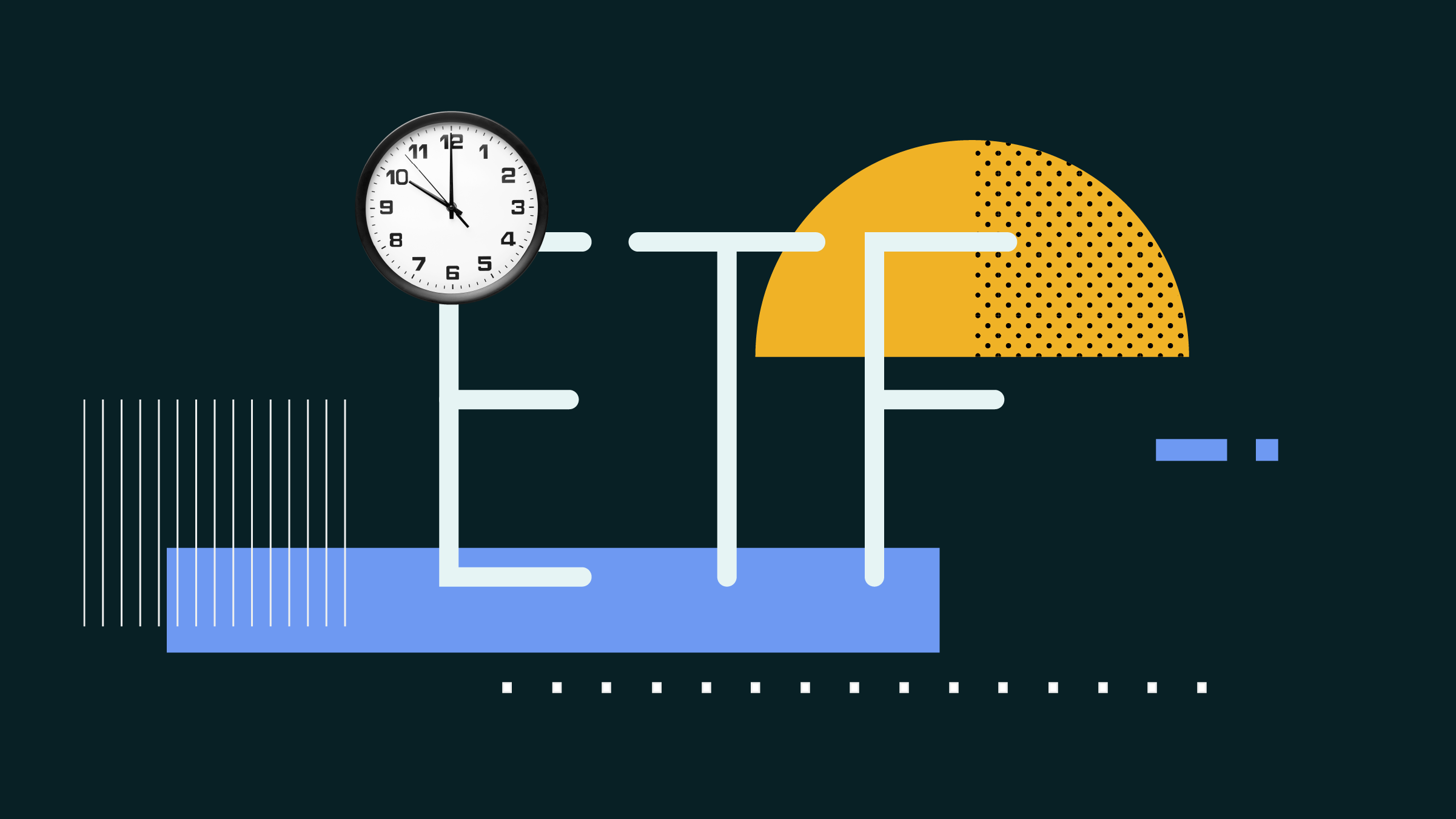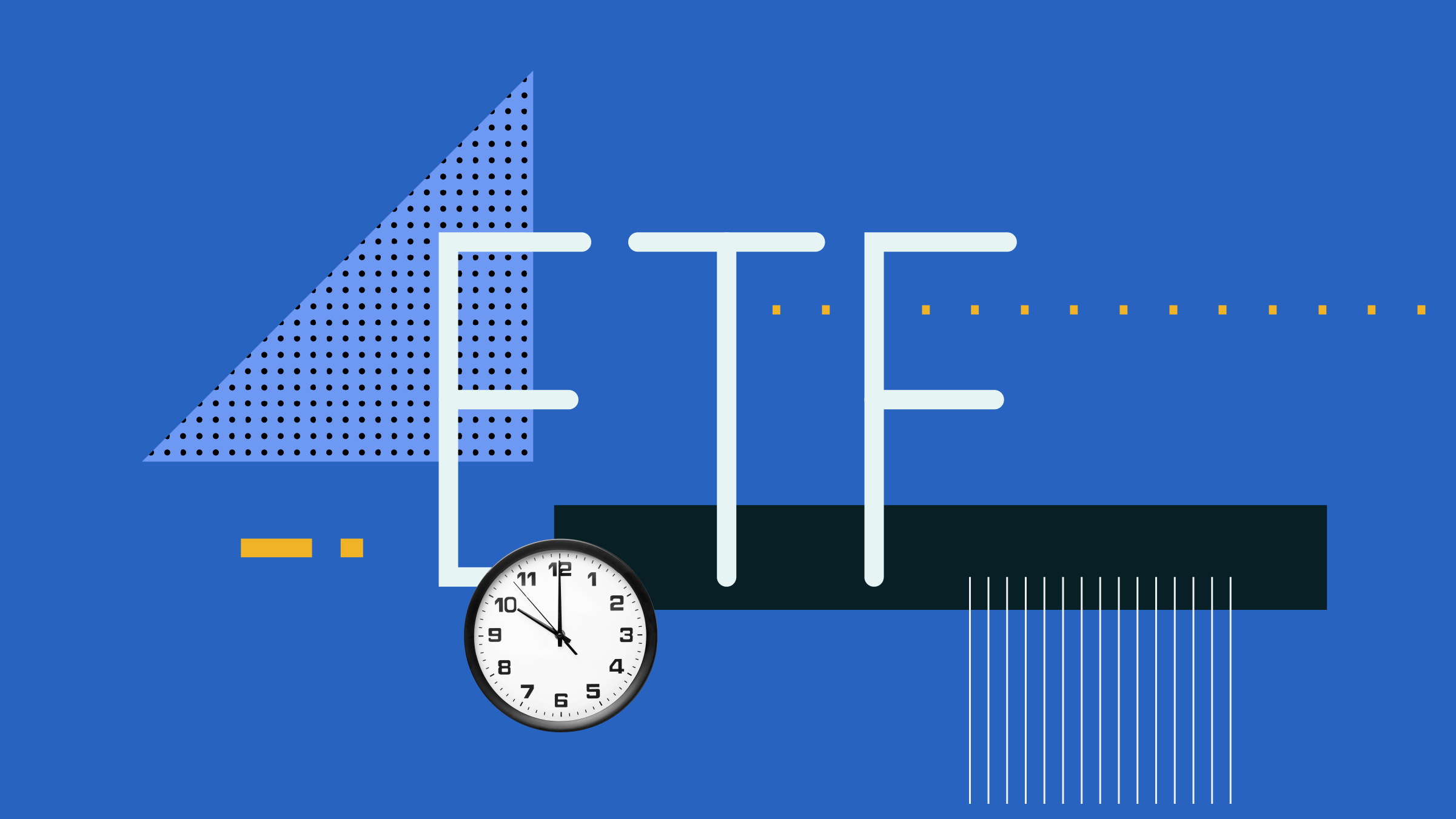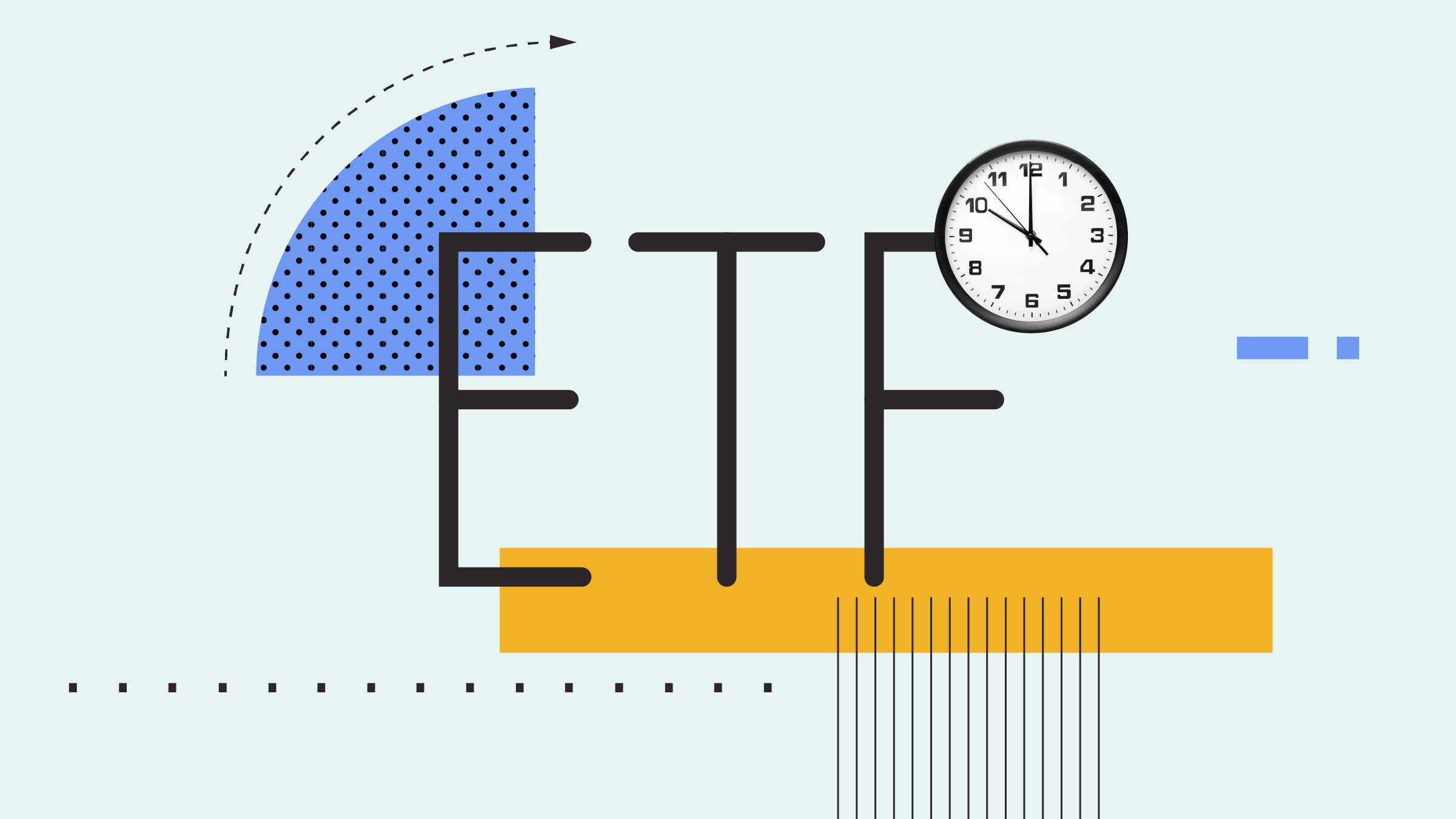Jess Chapman: For Morningstar.ca, I'm Jess Chapman. When you’re just starting out as an investor, an Investment Policy Statement is a valuable tool, and that’s especially true when your goal is to have enough money for retirement. I'm joined by Morningstar's director of personal finance, Christine Benz.
Now, Christine, retirement is a pretty big goal. It encompasses a lot of factors, and you suggest breaking it down into smaller goals.
Christine Benz: That’s right. So at the top of any Investment Policy Statement should be an articulation of your goal. So if your goal is retirement, as it is for many of us, you need to lay out your anticipated retirement date and also whether you are envisioning any lifestyle changes in retirement. So maybe your idea is to retire to a private island or something like that. You need to spend some time quantifying what that goal will cost, as well as also thinking about any goals that you hope to hit along the way. So for many of us, we have short and intermediate term goals. So maybe a goal is to fund a private education for my child and I'm going to have to pay out of pocket for that, or to buy a vacation home 15 years from now and my retirement date is further out still. So spend some time thinking about each of these goals and then quantifying those goals, thinking about what they'll cost you in dollars and cents. That in turn will probably force you to have to do some prioritization, because you may not be able to achieve all of these goals.
Chapman: Talking about prioritization, asset allocation is a big part of building any portfolio. How do you see asset allocations changing over time as investors draw closer to retirement?
Benz: It's really important that you do have your target asset allocation as part of your Investment Policy Statement. So this is how much you plan to invest in stocks and bonds and cash instruments along the way toward retirement. So for most younger workers, they probably want to have a pretty high allocation to equity investments, to stock investments, and then gradually get more conservative as the years go by. So spend some time thinking about not just what your asset allocation should look like today, but what it should look like over the years as retirement draws close. There are no one-size-fits-all asset allocation recommendations, but generally speaking, as you get close to retirement, you want to have at least some assets in safer securities like cash and bonds, because they will lose less than stocks at various periods in time.
Chapman: Now in Canada, one of the obvious, probably the most obvious vehicle for retirement investment is the RRSP, the Registered Retirement Savings Plan. But there are plenty of other accounts that could work just as well, I think.
Benz: That’s right. So spend some time as you lay out your Investment Policy Statement thinking about the order in which you will fund each of these vehicles, each of these wrappers that you might use for your retirement savings account. In many cases, it does make sense to look at those wrappers that are tax sheltered and take advantage of them first before moving on to some accounts that will be taxable, that will have more heavy tax consequences, as the years go by. The one advantage, though, to investing in a plain old brokerage account, a taxable account, is that you will have that liquidity. You won't face any penalties if you need to prematurely withdraw your money for whatever reason.
Chapman: And once you have that vehicle set up, it's time to start filling it with investment products. So what should your selection criteria be?
Benz: That’s something you want to include in your Investment Policy Statement. So ideally you would have formulated some sort of investment strategy that makes sense for you. For many investors just starting out, I think mutual funds or exchange-traded funds can make a lot of sense because they give you a lot of diversification in a single shot. But even if you are using funds, lay out what are the specific factors you'll look for when you are selecting those funds and, of course, Morningstar has a lot of information to help people make good choices there.
If you are holding individual stocks or that’s part of your plan, lay out your specific criteria for additions to your portfolio. What are the specific fundamental factors that you will look at when selecting individual stocks? What are valuation considerations that you'll keep in mind when monitoring selecting individual stocks? Those are things that you want to spell out in your Investment Policy Statement. The real advantage to doing so is that it serves as kind of a check against your worst impulses. So if you encounter a lot of market volatility, for example, and you are sort of tempted to append your whole plan, well, if things haven’t violated the criteria that you've set out for yourself in your Investment Policy Statement, that might be something that you will use to override those bad behavioural impulses that can crop up.
Chapman: How much time should you spend monitoring your retirement plan to make sure those goals are being met?
Benz: This is another thing that I think is really valuable to lay out in your Investment Policy Statement. How often will I monitor my positions? And it really does come back to the type of portfolio you set up for yourself. If you are someone who's using primarily funds of some type, you probably can take a pretty hands-off approach to that portfolio. I usually say that for investors with fund portfolios, doing a good checkup once or twice a year is probably plenty. Any more monitoring, you might be more inclined to get in there and do some tinkering that in hindsight wasn’t warranted. So I think less is more when it comes to monitoring.
If you have individual stocks or individual bonds in your portfolio, you may need to be a little bit more hands-on, certainly with individual equities. So you may want to do a check-in, say, every month or so, but definitely lay that out in your Investment Policy Statement. How often am I monitoring my overall investment program and, also, what's my catalyst if I need to make changes to that portfolio? So for many people who are using a hands-off framework, maybe they'll decide, well, I'll only make changes if my asset allocation veers from my targets in a meaningful way.
Chapman: Okay. We've got our assets, we've got our accounts, we've got our selection criteria and we've got our monitoring plan. Last step: the withdrawals. How do we set those up?
Benz: This is a really important topic for people getting close to retirement, thinking about how they extract the cash they need from their portfolios. This is money that they have worked so hard to save and accumulate over the years. It's important to have a very clear policy for those withdrawals, so make sure that whatever rate you are using is a sustainable rate. There has been a lot of research in the realm of financial planning of what's a sustainable withdrawal rate.
A starting point you often hear about is what's called the 4% withdrawal guideline. That basically means that on day one of retirement or in year one of retirement, I can withdraw about 4% of my balance in that year, and then I'll take that dollar amount and then gradually inflation-adjust it as the years go by. So give myself a little bit of a raise to account for inflation. That general withdrawal guideline has been upheld by lot of planners, but it does assume a couple of things. It assumes that you have a roughly 50-50 or 60% equity, 40% bond portfolio. If your asset allocation looks nothing like that, say, it's way more conservative, you'd also want to use a more conservative withdrawal rate.
It's also important to keep in mind time horizon. So that 4% guideline assumes a roughly 25- to 30-year time horizon. If your own time horizon is longer, you'd want to be more conservative about that withdrawal rate. So definitely give some thought to the sustainability of your planned withdrawal rate, and also think about how you'll actually extract the cash flow from that portfolio. So some folks might say, I'm going to invest in income producing securities, I'll live on whatever income that portfolio kicks off. Other investors might say, I'll use a total return approach. So I'll use income distributions to supply part of my living expenses. But I'm not going to worry if I have a highly appreciated security in my portfolio. I'm not going to get too worried about periodically scaling back those highly appreciated winners and using the proceeds from those sales to meet living expenses. Whatever you are doing, it's important to articulate that strategy for extracting cash from your portfolio. Articulate that in your Investment Policy Statement.
Chapman: Well, Christine, thanks for articulating your advice as always.
Benz: Thank you, Jess.
Chapman: Visit Morningstar.ca for your investment news and updates.



















